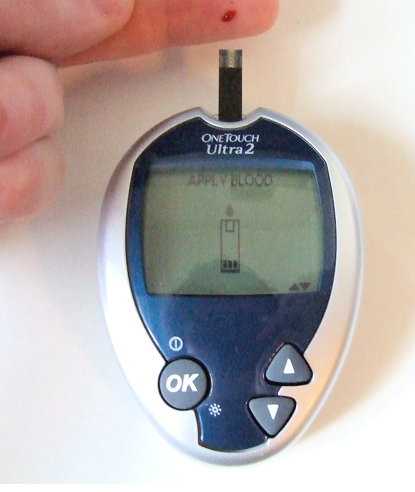What is Point Of Care Testing (POCT)
Point of care testing, also referred to as near patient, bedside, or extra laboratory testing, is not new. Many of the early “diagnostic tests” were first done at the bedside—for example, urine testing. Over the past few years, however, analytical systems have been developed that enable a wide range of tests to be done quickly and simply without the need for sophisticated laboratory equipment. Within secondary and primary care testing has been shown to reduce hospital stay, improve adherence to treatment, and reduce complications. Producing wider economic benefits. The key objective of point of care testing is to generate a result quickly so that appropriate advice /treatment can be implemented, leading to an improved clinical or economic outcome (figure).
Two broad types of technology support point of care testing:
- Small bench top analysers (for example, blood gas and electrolyte systems)
- Hand held, single use devices (such as urine albumin, blood glucose, and coagulation tests).
- Hand held devices which have been developed using microfabrication techniques.

